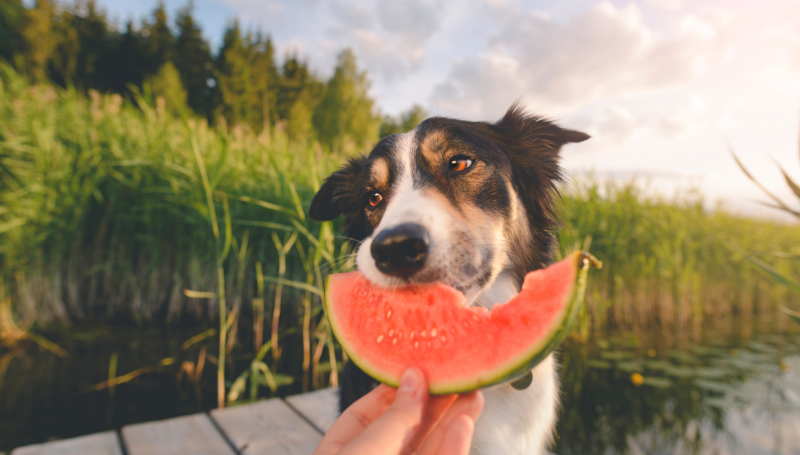Food for spiritual connection

We eat without thinking about what our food is doing for our bodies and our connection.
Connecting with food, connecting with source
So how does this all link to our practice of meditation? The answer is simple. We are not eating real food anymore. The problem we now face is an overabundance of chemically-laden products masquerading as foods, and a system that makes it difficult to acquire quality plant food, which is what we require most. We are eating ‘food like products’ that our biology does not recognize, which results in a state of physiological stress that keeps us trapped in the primal aspects of our physical body and unable to transcend into that infinite stillness of meditation.
If we fail to give our beloved nervous system the critical nutrients it needs to function optimally and remain calm, we can become stuck in the primal, reactive way of living, unable to transcend into higher levels of awareness.
To truly grasp the role of nutrition in our ability to enter deep meditation, we must first understand what is happening in the brain and nervous system; it is, after all, our interface with the world around us.
Our brains are brilliant, sophisticated and complex organs, but for the purposes of consciousness/spirituality, I am going to focus on three parts of the brain that determine how we live, how we interact with the world and how far up the ladder of awareness we manage to climb.
The neocortex
The neocortex is the part of the brain where enlightenment becomes possible. Where we want to journey to during meditation. It is the area that facilitates creativity, learning, imagining our future and experiencing our interconnectedness. This part of the brain is hardwired to experience unconditional love, see the beauty in the world and allow us to discover who we truly are and our place in the universe. It houses the pineal gland which secretes DMT, the spirit molecule that essentially allows us to feel connected to all living things. The neocortex can, however, be a difficult place to reach in our modern fast-paced lives that are fuelled by toxic convenience foods. When we don’t take the time to give the neocortex the nutrients it needs, we find ourselves operating from the more primal parts of the brain: the reptilian brain and the limbic brain.

Nourishing the Neocortex helps us deepen our interconnectedness.
The reptilian brain
The reptilian brain (also referred to as the hindbrain), is the most primal component of our brain. It is 100% instinctual and interested in one thing and one thing only–survival. It regulates our most crucial autonomic functions, such as breathing, body temperature, heart rate and the fight/flight response. The reptilian brain is often referred to as a cold-blooded serpent, completely void of emotion and looking out only for itself. Under too much control of this part of the brain, we can find ourselves living mindlessly, being self-absorbed, avoiding change and clinging to the past experiences that we associate with safety and survival.
The limbic brain
The limbic brain is where instinct and emotion converge. Also a primitive part of the brain, it analyses environmental signals and assigns the experience to one of our four fundamental programs: The 4 Fs: Fear, Feeding, Fighting and Fornicating. The limbic brain becomes more active when we rely on processed grains and sugar. It is this area of the brain where habitual living and obsessions with sex, food and mind-dulling things, like alcohol and television, occurs. It is also where patterns of emotional withdrawal and aggressive behaviour stem from.
So now we have an understanding of our basic operating systems, but how do we get to that elusive neocortex and experience deep meditative states? The answer doesn’t lie in a trendy fad diet or supplement, it lies in the wisdom of our distant ancestors, the Earth keepers of our deep past. The only place we can really trust to look–to those who’ve thrived on our planet for thousands of years, in harmony with nature, and with a connection to Source and a reverence for life beyond anything we see in our modern day.
Don’t eat anything your great-great-grandmother wouldn’t recognize as food. There are a great many food-like items in the supermarket your ancestors wouldn’t recognize as food… Stay away from these. – Michael Pollan






